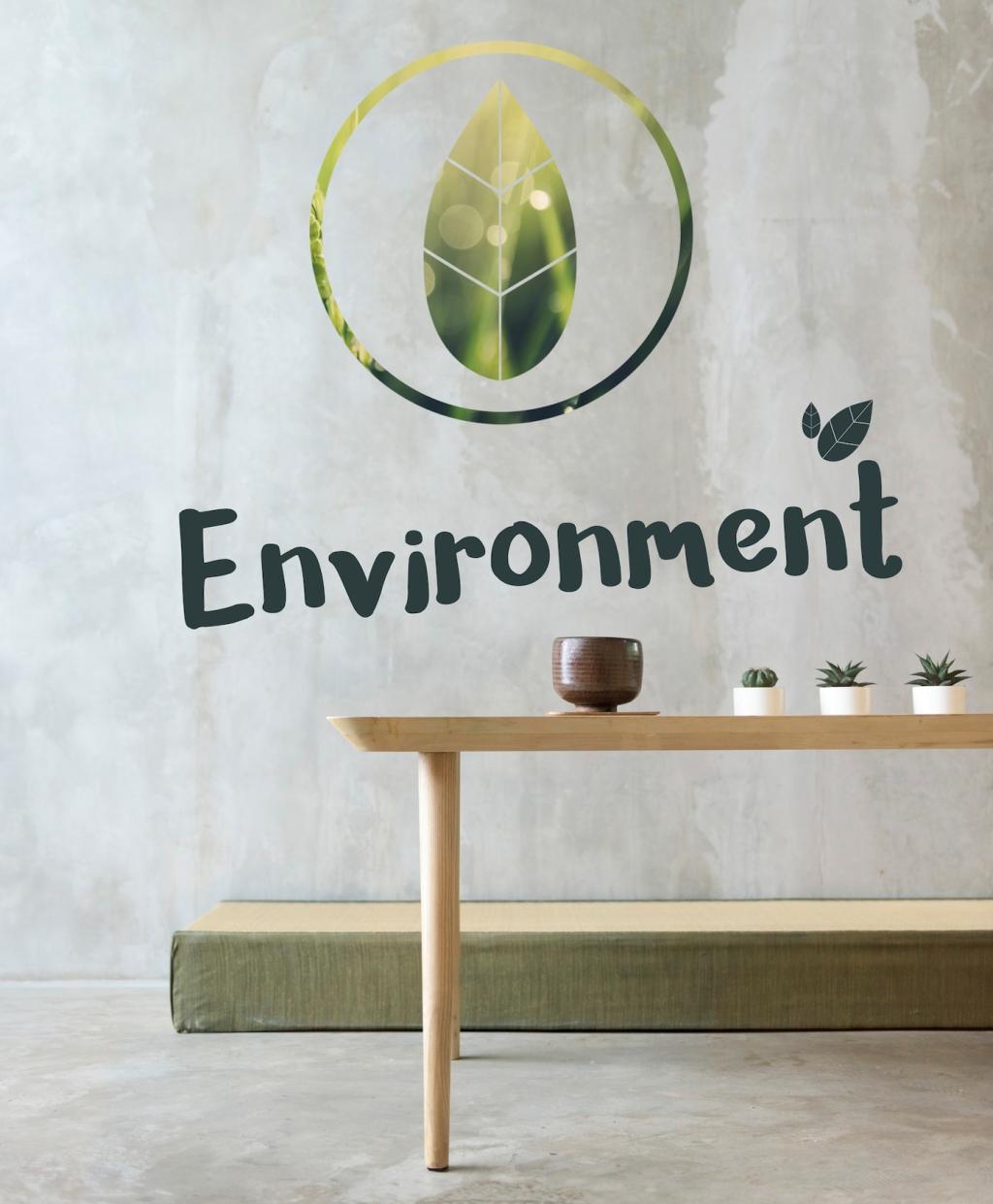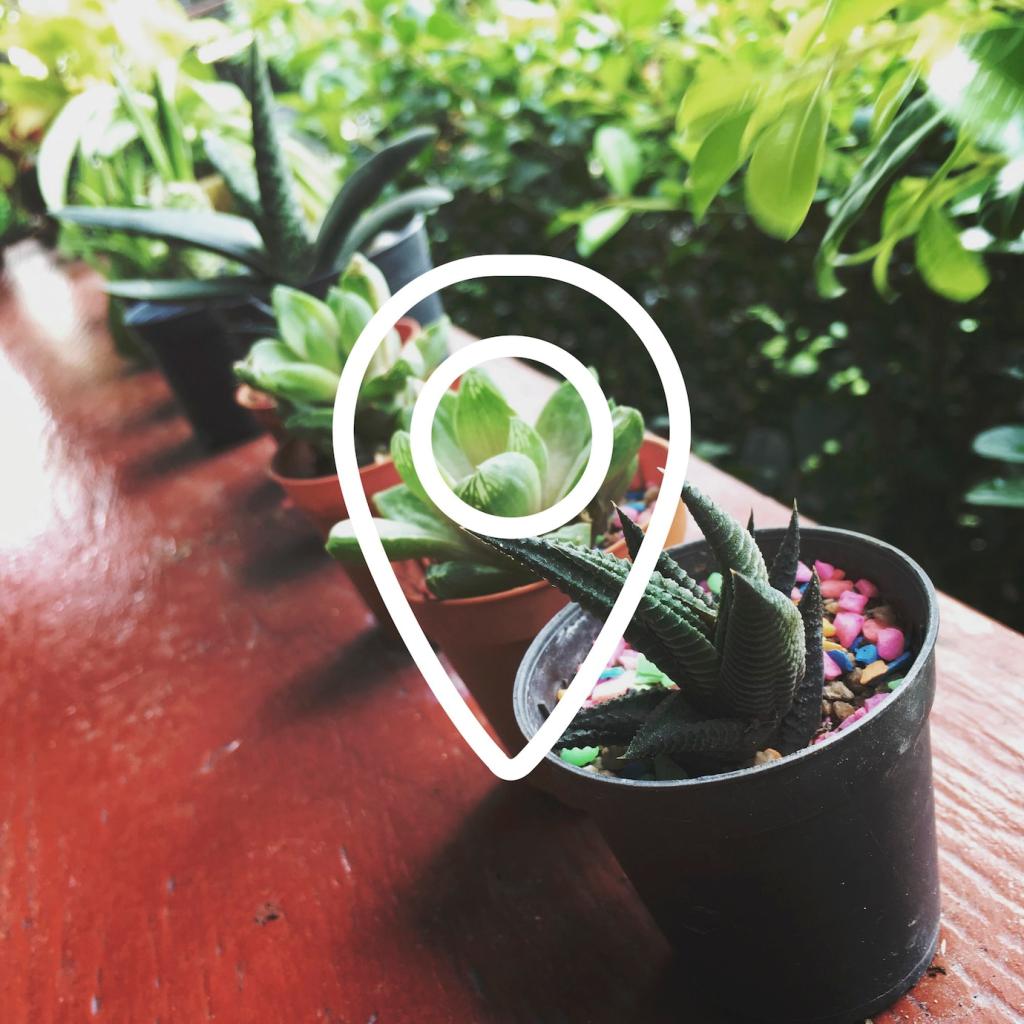Inclusive and Accessible Sustainability
Meet or exceed contrast ratios to serve readers with low vision and reduce cognitive load. Accessible sustainable color palettes cut ambiguity, saving support time and redesign cycles.
Inclusive and Accessible Sustainability
Sustainability is not only sage greens and beige. Explore unexpected, responsible hues—carbon blacks from waste streams or mineral reds—anchored by data, not stereotypes. Share your favorite unexpected eco hue.







